With schools across the country finishing the academic year remotely, there is little consensus about what schools should look like in the fall. It is highly unlikely that there will be a vaccine or cure that will mitigate the risks of COVID-19 infection in time for the upcoming school year. Understandably, every stakeholder group in K-12 education wants to know what the plan should be and wants to have some input on the plan. This conversation ramped up after the Centers for Disease Control and Prevention released their considerations for schools earlier this month. The CDC’s suggestions included spacing student desks at least 6 feet apart from each other, discouraging sharing, and procuring massive amounts of soap, hand sanitizer, and supplies to clean and disinfect frequently touched surfaces. But, even with every stakeholder group from parents to teacher unions chiming in with their own ideas about how the school day should be structured and what safety measures should implemented, an important piece is missing.
Set the stage for excellence with thinkLaw’s critical thinking curriculum. Click here to get started or Visit our TPT Store for critical thinking lesson’s Click here to get started.
This piece was missing long before the COVID-19 pandemic dismantled our notions of how we do school and highlighted the deep inequities of our school systems. In his 1967 “Where Do We Go From Here” speech, Dr. Martin Luther King Jr. lamented at the reality that Black students in our school systems “lag one to three years behind whites” and receive far less funding. Closing these gaps, which still persist today, are often deemed an appropriate, righteous, and sufficient strategy to create opportunities for groups who have been systemically denied access to opportunity. But what if part of the stubbornness of these gaps comes our failure to consider educational equity as anything more than an academics-only endeavor? Click here to read more….
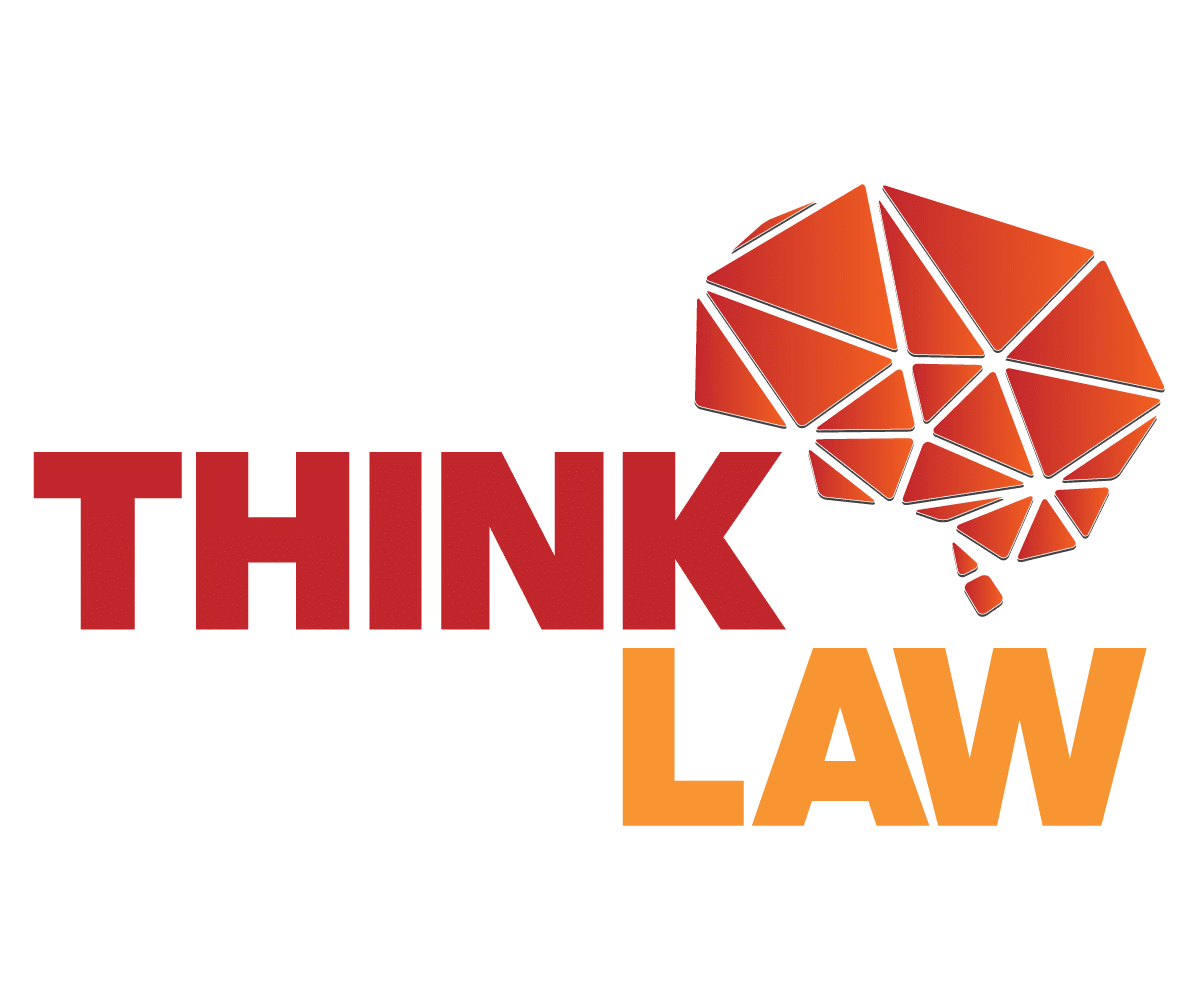

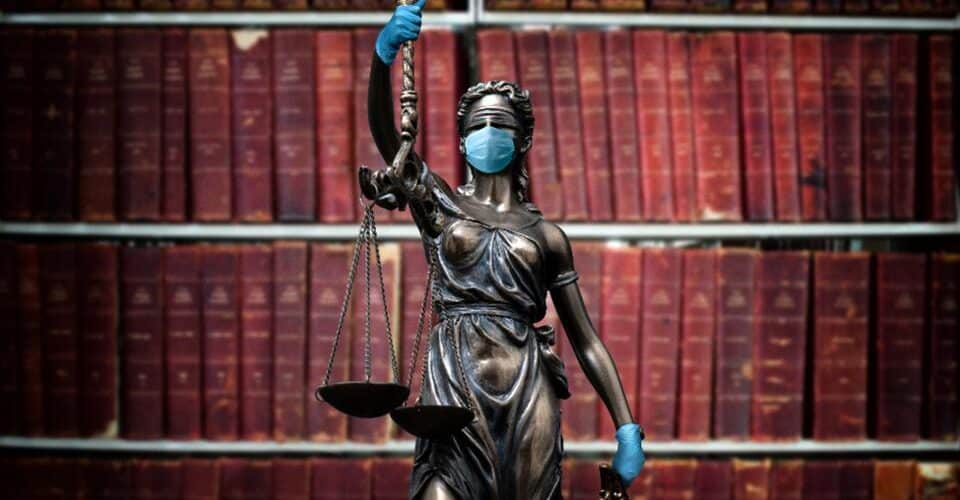


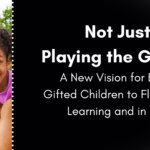
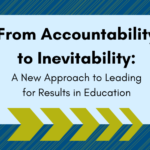

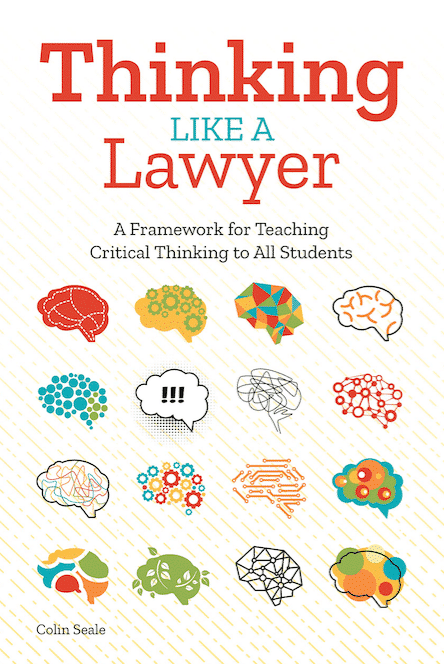
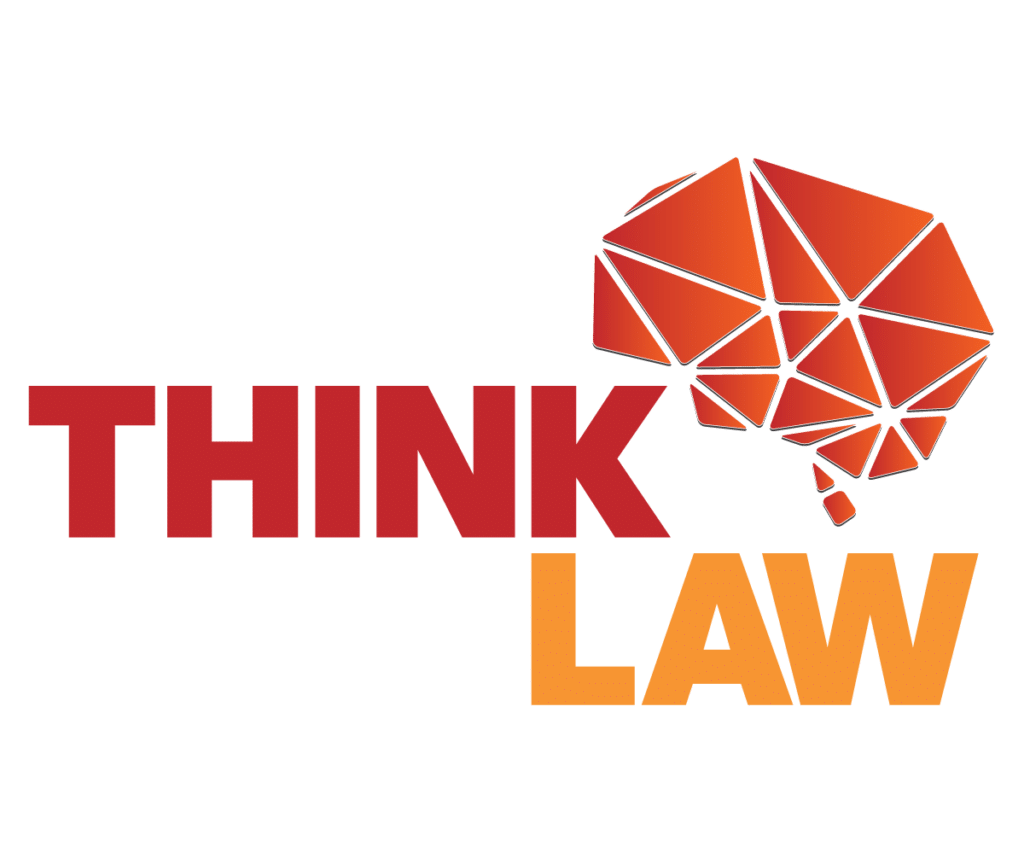
Leave a Reply